In order to promote the concept of “lighting environment activity,” Coretronic Culture and Arts Foundation (CCAF) started up a series of events in hopes to make our lighting conditions better. Last year, staffs of CCAF invited the pioneer of Chinese lighting designers, Mr. Chou Lien, to present a lighting show at Wind God Temple in Tainan, Taiwan and explained how lighting design affects our daily life. As staffs and all attendees impressively understood how important lighting is, CCAF decided to recreate the lighting circumstance around Wind God Temple.
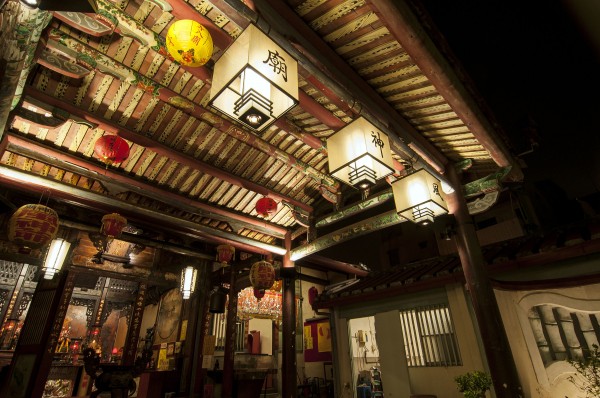
The Main Idea
The central idea of this recreation is “SUBTRACTION.” Hence light is a soft medium to interpret a construction, the premier things to consider are the cultural features. Lighting something up doesn’t always mean to light up everywhere but sometimes means to reveal the specific features for people to feel the unique atmosphere. Therefore, Mr. Chou turned off unnecessary lighting sources and added soft white light to show gradation, warmth and the temple’s historical and architectural beauty.
Basically, a square in front of a temple is the living room to the neighborhood. This is the reason why Mr. Chou started to redesign the lighting by turning off some offending lights -- appropriate lighting is the best reason for neighbors to gather.
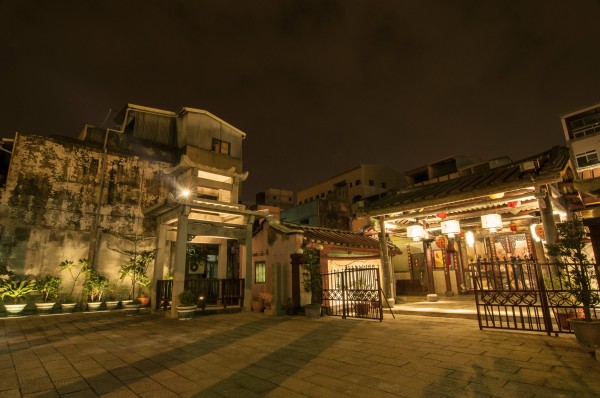
Step by Step
Here are the highlights of how staffs redesign the lighting:
-

-
Designing concept provided by Art Light Design.
Left to right: Stone Tablets, the historical Reception Archway, the square, the drum/bell towers, pavilion, the shrine.
-
Turning off the offending street light in front of the square and installing buried lights projecting onto walls to light the square up in a gentler way. This is for maintaining the coherence and unity of the square in a way that can both provide safety and avoid lighting pollution.
-
There is a bell tower on the left-hand side and a drum tower on the right-hand side in front of the temple and they are naturally perfect containers of light. Designers installed an upward projector to fill the towers by light so they can convey their own stories.
-
There are two creative windows on both sides of the entrance that are designed in scrolls’ shape. Designers created depth by diffuse lights for the elegant entrance.
-
Lanterns hanged on the entrance printing on Chinese characters that represent “Wind God Temple” can bring people’s attentions back to the temple and create a divine space.
-
Taking off offending fluorescent tubes under the roof so people can see the tablet clearly. Also, fluorescent tubes in the shrine were all turned off. (Editor’s note: according to the temple’s staff, Ms. Wu, designers didn’t take those tubes off because there would be a different color shade if they did. Moreover, the temple is a historical site so staffs aren’t allowed to paint without official permission. Therefore, they decided to leave those tubes as they are.)
-
Traditionally, neighbors gather in the front pavilion to chat or have cups of tea. New lighting provides a warmer and safer space for them.
-
Installing some projectors on angles of the drum/bell tower and project soft light onto the historical Reception Archway on the square.
-
Applying fluorescent projecting lamps to wash the red sidewalls to integrate light with local surroundings.
related post: Coretronic Culture and Arts Foundation and Tainan City Government Unveil Taiwan’s First “Temple of Light”
Photos After vs. Before:

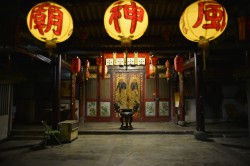
Pavilion
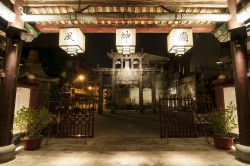
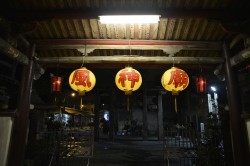
Pavilion (You can see the historical Reception Archway under new lighting.)
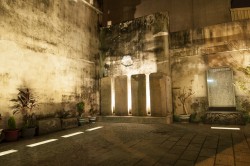
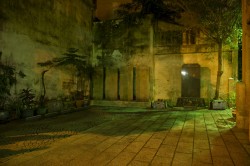
Stone Tablets
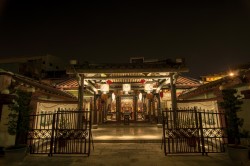
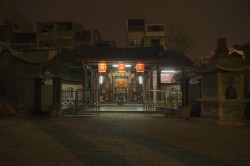
Entrance
-
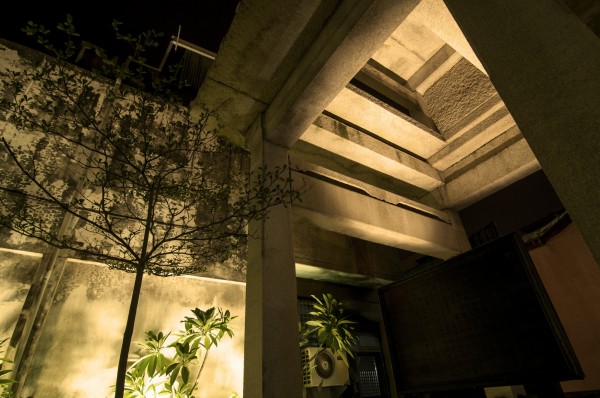
-
The Drum Tower: Lit up by an upward projector.
-

-
Tablet above the main door. The lighting designers installed a projector to illuminate the tablet.
-
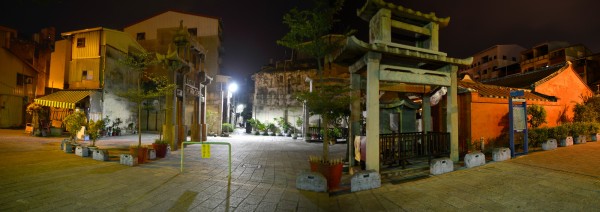
-
Square: Before
-
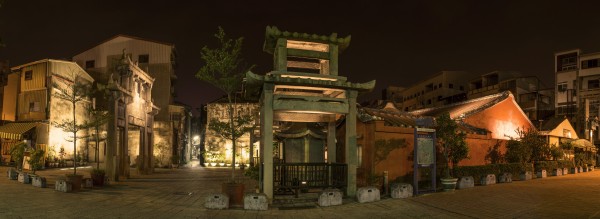
-
Square: After



























